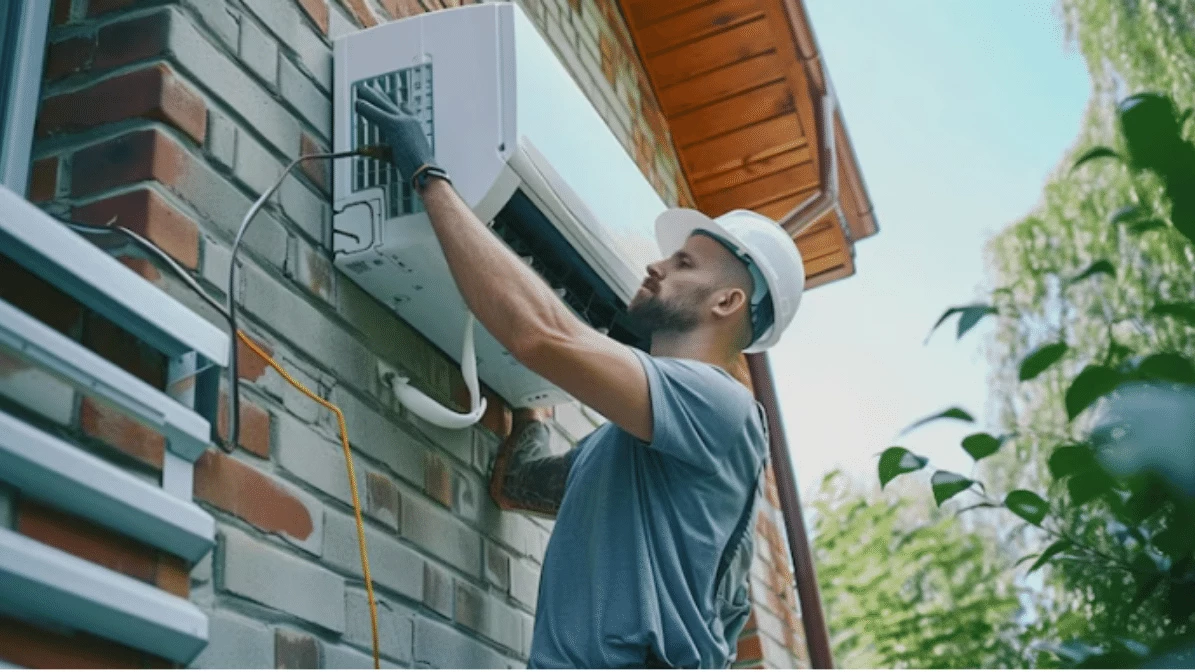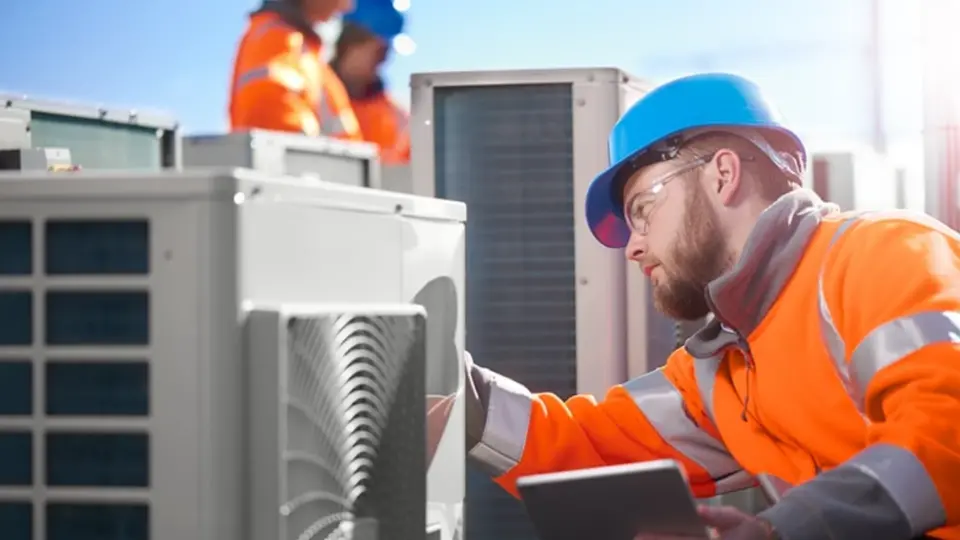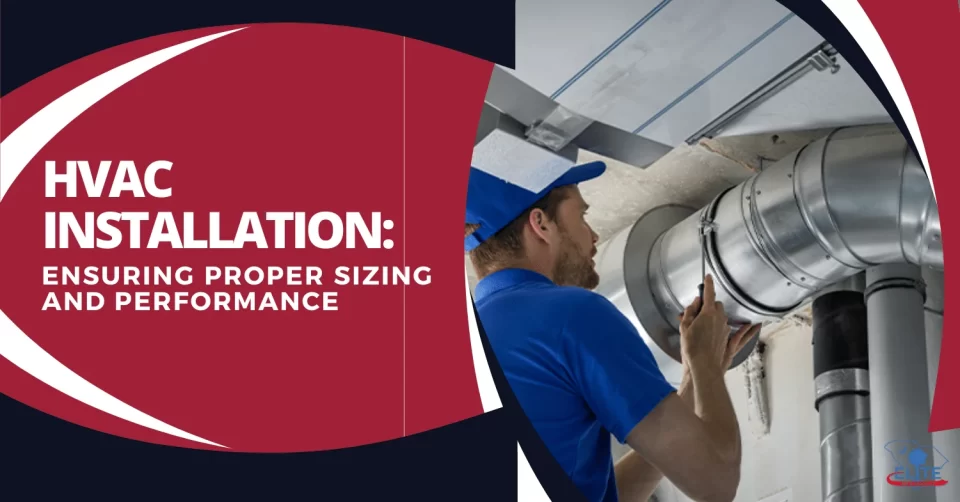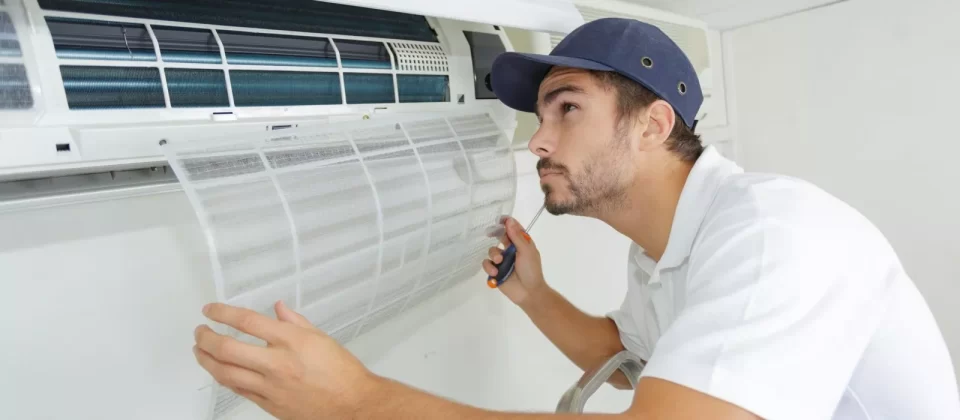As the demand for more sustainable and energy-efficient cooling solutions continues to rise, refrigerants like R-32 and R-454B are becoming central to the next generation of air conditioning and refrigeration systems. Both refrigerants offer various advantages in terms of environmental impact, cooling efficiency, and safety, but their distinct properties make them suitable for different applications. In this post, we will compare R-32 and R-454B in key areas such as environmental impact, cooling efficiency, safety, and the reasons behind the shift in the industry towards these refrigerants.
How Does R-32 Compare To R-454B in Terms of Environmental Impact?
When it comes to minimizing environmental harm, both R-32 and R-454B stand out as significant improvements over traditional refrigerants, such as R-410A. However, they have different characteristics that make one more favorable than the other depending on the specific goals of reducing environmental impact.
R-32
- Global Warming Potential (GWP): R-32 has a GWP of 675, which is significantly lower than R-410A’s GWP of 2088. This means that R-32 has a much smaller carbon footprint when compared to older refrigerants.
- Ozone Depletion Potential (ODP): R-32 has zero ozone depletion potential, making it a safer alternative for the ozone layer.
- Energy Efficiency: R-32’s energy efficiency is notably higher, which means less energy consumption for cooling, further reducing overall environmental impact.
R-454B
- Global Warming Potential (GWP): R-454B has a GWP of 466, making it an even more environmentally friendly option than R-32. Its GWP is lower, which translates to less global warming potential in the event of a leak or system malfunction.
- Ozone Depletion Potential (ODP): Like R-32, R-454B also has a zero ODP, ensuring no harm to the ozone layer.
- Sustainability: With its low GWP, R-454B is considered a more sustainable refrigerant compared to R-32, and it is positioned as a long-term alternative in the race for greener technologies.
In summary, R-454B is the more environmentally friendly option of the two due to its lower GWP. However, R-32 still offers a substantial reduction in environmental impact compared to older refrigerants and is a significant improvement in terms of energy efficiency.
Which Refrigerant, R-32 Or R-454B Offers Better Cooling Efficiency?
The efficiency of a refrigerant plays a crucial role in determining the overall performance of cooling systems, particularly in air conditioning units. Cooling efficiency is measured by how much energy is required to achieve a certain cooling output.
R-32 Cooling Efficiency
- Higher Energy Efficiency: R-32 has a higher energy efficiency ratio (EER) than many other refrigerants, including R-410A. This means that R-32 systems use less energy to cool a space, which can result in lower utility bills.
- Better Performance in Hot Climates: Due to its higher thermal conductivity, R-32 performs better in hotter climates, delivering better cooling with less energy consumption.
R-454B Cooling Efficiency
- Comparable Performance: While R-454B is a low-GWP refrigerant, it is still highly efficient and works similarly to R-32 in terms of cooling performance.
- Slightly Lower Efficiency: R-454B tends to have a slightly lower cooling efficiency than R-32 in some applications, but the difference is minimal. Its overall performance remains competitive, and the slight dip in efficiency is often outweighed by its significantly lower environmental impact.
In terms of cooling efficiency, R-32 has a slight edge due to its higher EER, but R-454B still offers strong performance and is a good alternative for eco-conscious consumers.
What Are The Safety Differences Between R-32 And R-454B Refrigerants?
Safety is a critical consideration when selecting refrigerants, as they are used in systems that operate at high pressures and temperatures. Both R-32 and R-454B have been designed to meet stringent safety standards, but they differ in their flammability and handling requirements.
R-32 Safety
- Flammability: R-32 is classified as an A2L refrigerant, which means it is mildly flammable. While it is not highly flammable like older refrigerants, it still requires proper handling, leak detection, and installation techniques to ensure safety in case of a leak.
- Handling Precautions: Systems using R-32 must be installed and serviced by trained professionals who are aware of the refrigerant’s potential flammability and how to manage it safely.
R-454B Safety
- Flammability: R-454B is also classified as an A2L refrigerant, meaning it shares the same flammability classification as R-32. However, R-454B is considered to be less flammable than R-32, with a lower likelihood of combustion due to its chemical composition.
- Safety Considerations: While the risk is minimal, it is still essential to ensure proper installation and maintenance practices to minimize the risk of fire hazards in systems using R-454B.
Both refrigerants are relatively safe when managed properly, but R-454B may have a slight safety advantage due to its lower flammability. Nonetheless, both require the same precautions during installation and maintenance to ensure safety.
Why Are Manufacturers Shifting From R-32 To R-454B In Cooling Systems?
The shift towards R-454B is part of a larger trend in the HVAC and refrigeration industries to adopt more environmentally responsible and energy-efficient technologies. Several factors are contributing to this shift:
Stricter Environmental Regulations
- As countries and regions set more stringent regulations on refrigerant use (such as the Kigali Amendment to the Montreal Protocol), manufacturers are seeking alternatives to refrigerants with high GWP like R-410A and R-32.
- R-454B, with its low GWP, helps manufacturers meet these regulatory standards while still providing reliable cooling performance.
Better Alignment With Sustainability Goals
- As businesses and consumers alike become more conscious of their environmental impact, manufacturers are embracing refrigerants like R-454B that are in line with sustainability goals.
- The lower GWP of R-454B makes it a favorable choice for manufacturers aiming to reduce their carbon footprint.
R-454B’s Long-Term Viability
- R-454B is considered a more future-proof option. It is expected to have a longer lifecycle than R-32 as environmental concerns and regulations continue to evolve.
- This refrigerant’s low GWP positions it as a viable solution for industries looking for refrigerants that will remain acceptable for use in the long term.
In conclusion, manufacturers are shifting towards R-454B largely due to its lower GWP, which aligns better with evolving environmental standards and sustainability initiatives. As the industry continues to move towards greener alternatives, R-454B will likely become the preferred choice in the coming years.
Both R-32 and R-454B present strong alternatives to older refrigerants in terms of environmental impact, efficiency, and safety. R-32 is known for its high energy efficiency, while R-454B excels in its low GWP and environmentally friendly nature. The choice between these two refrigerants depends on the specific needs of consumers and manufacturers, but with increasing emphasis on sustainability, R-454B appears to be the refrigerant of the future.
How Elite Air & Heat LLC Compares in Terms of R-32 and R-454B Refrigerants
At Elite Air & Heat LLC, we are dedicated to providing the most efficient and eco-friendly HVAC solutions for our customers in Columbia. When it comes to refrigerants like R-32 and R-454B, we carefully evaluate each option to ensure that we offer the best choices for both performance and environmental responsibility. Here’s how our platform and services stand out when compared to both refrigerants:
Commitment to Sustainability: We prioritize sustainability by offering systems that use low-GWP refrigerants like R-454B. While R-32 is a significant improvement over older refrigerants, we recognize the importance of providing options that go even further in reducing environmental impact. By incorporating R-454B into our offerings, we can help our clients reduce their carbon footprints and meet increasingly stringent environmental regulations.
Energy Efficiency: Our systems are designed to deliver maximum energy efficiency, regardless of whether they use R-32 or R-454B. We understand the importance of reducing energy consumption, and both refrigerants offer excellent cooling performance. However, for customers in warmer climates or those who prioritize cooling efficiency, we recommend R-32 systems for their slightly higher energy efficiency.
Expert Installation and Maintenance: Regardless of the refrigerant, our team of skilled technicians ensures that your HVAC system is installed and maintained to the highest standards. With proper handling and safety protocols in place, we guarantee that your system performs optimally, whether using R-32 or R-454B.
At Elite Air & Heat LLC, we are proud to stay at the forefront of HVAC technology, offering customers in Columbia the best solutions for efficiency, eco-friendliness, and overall performance.





